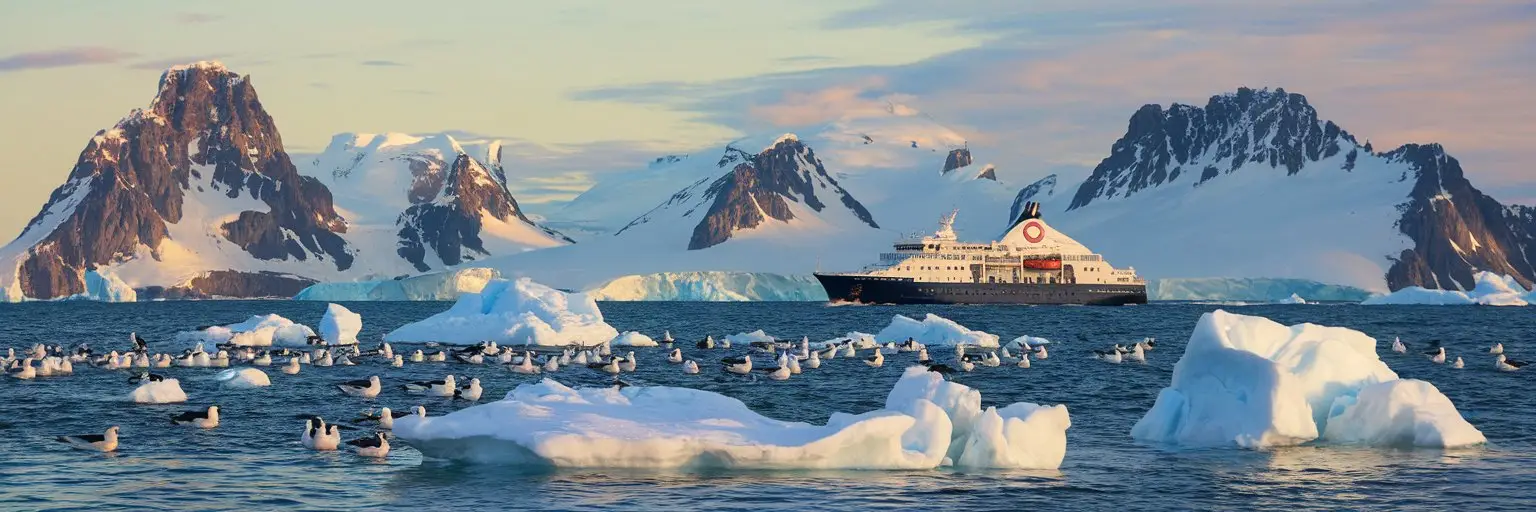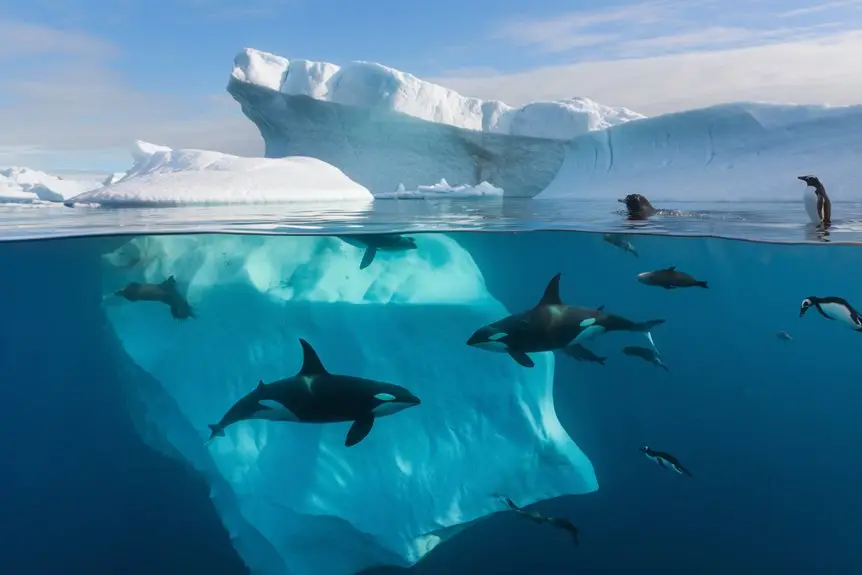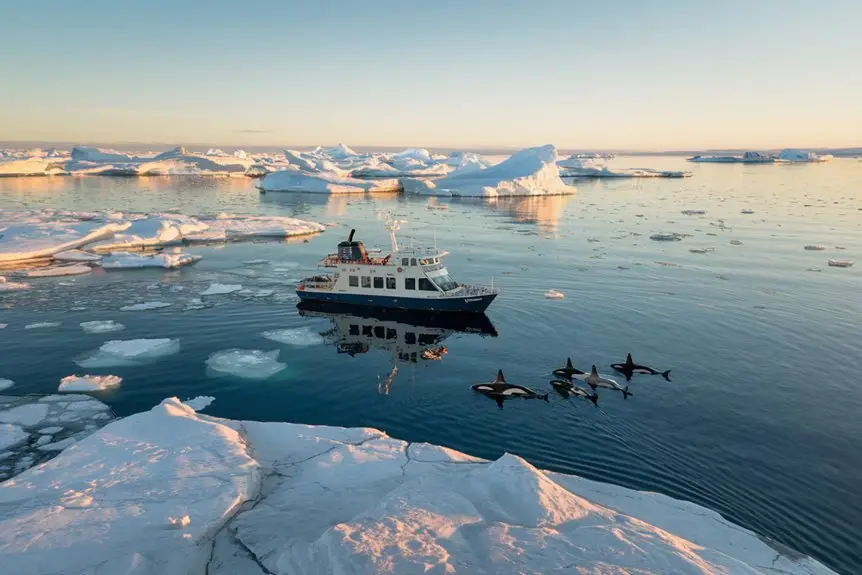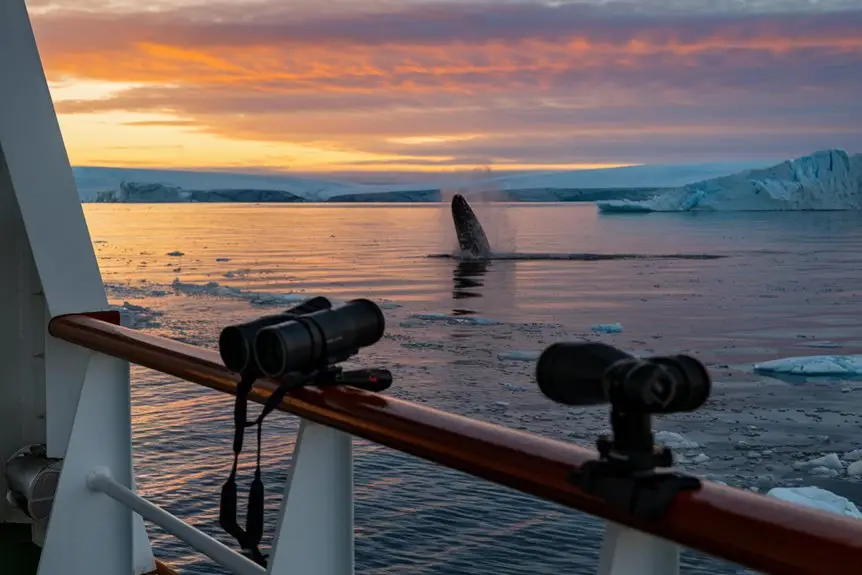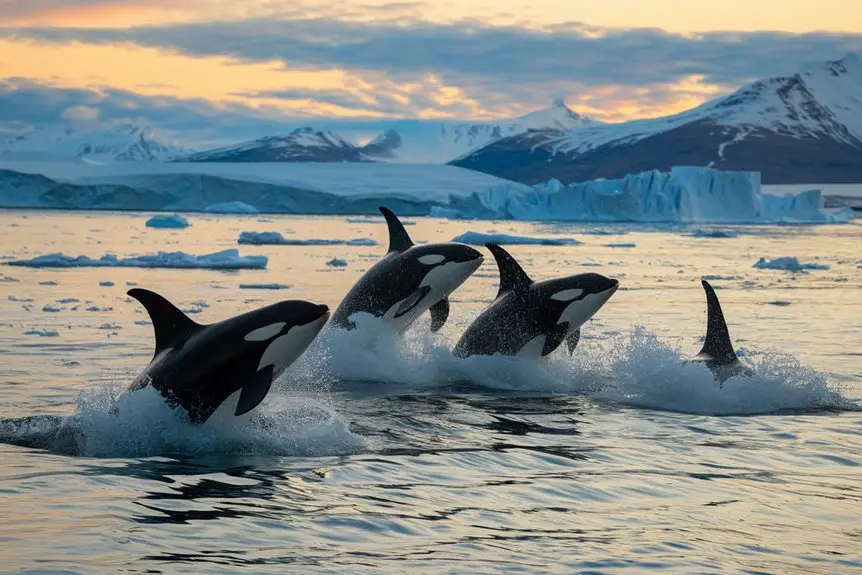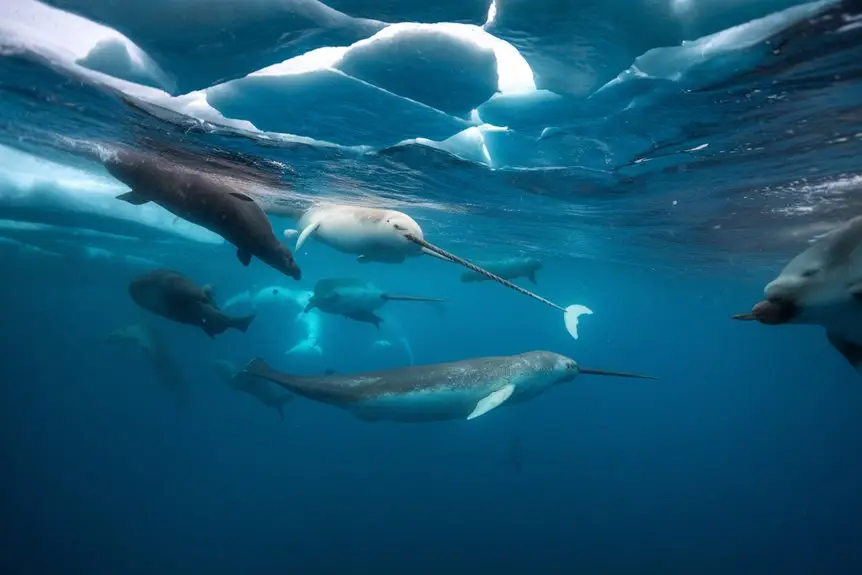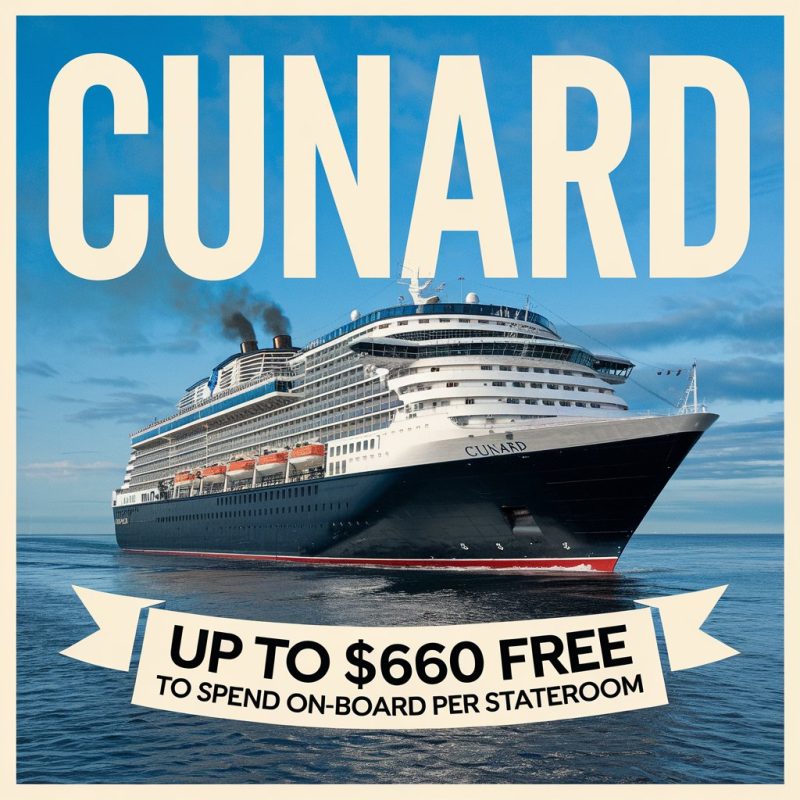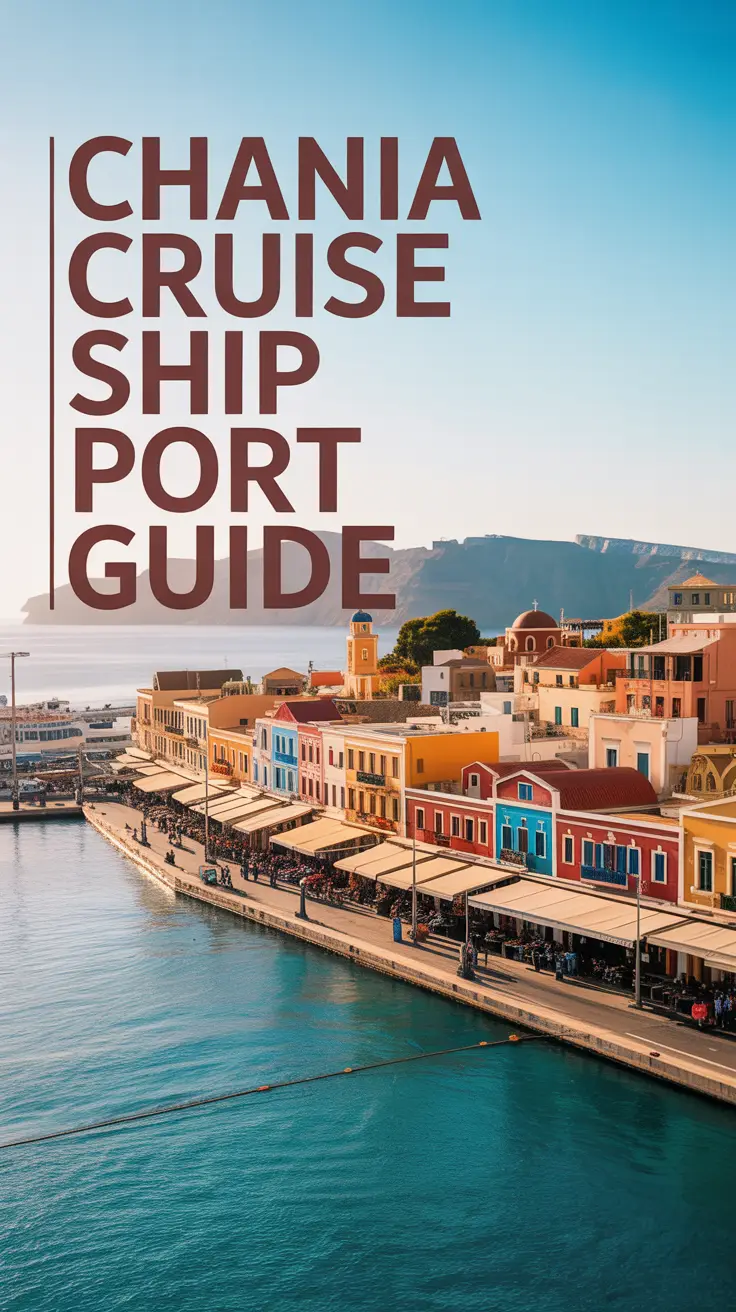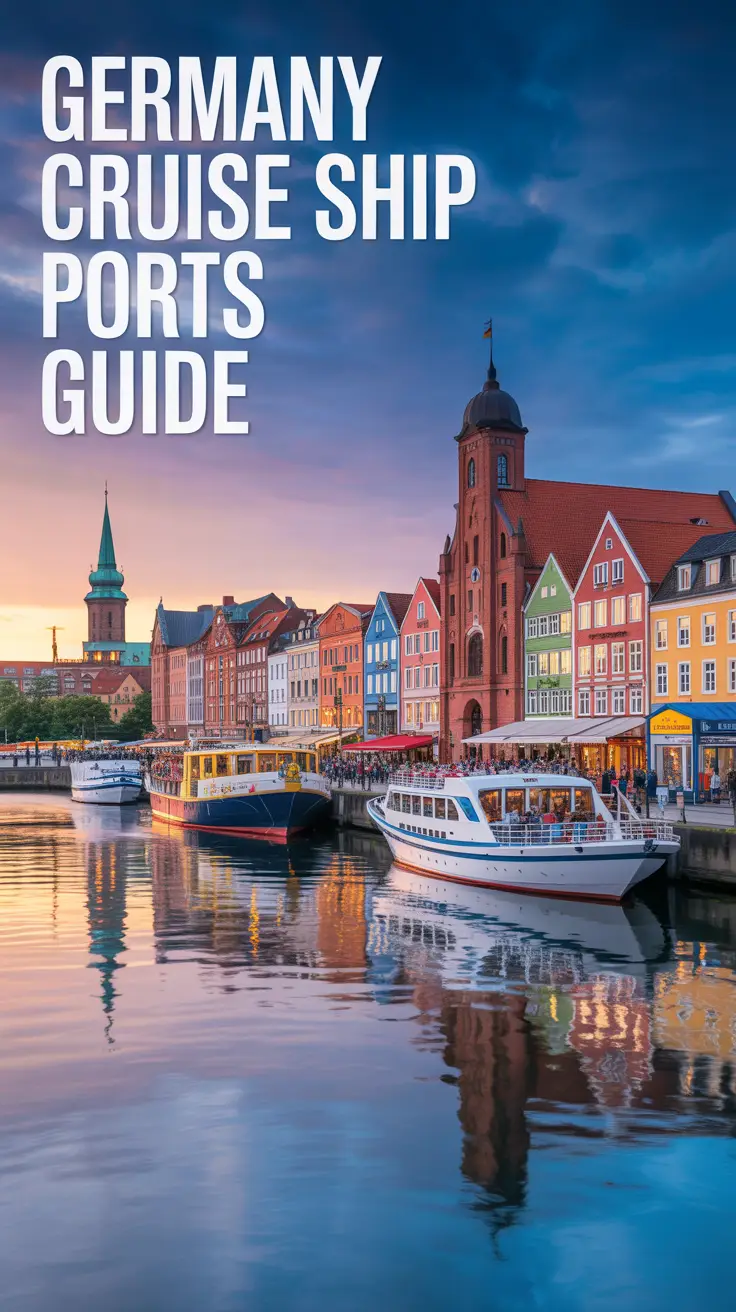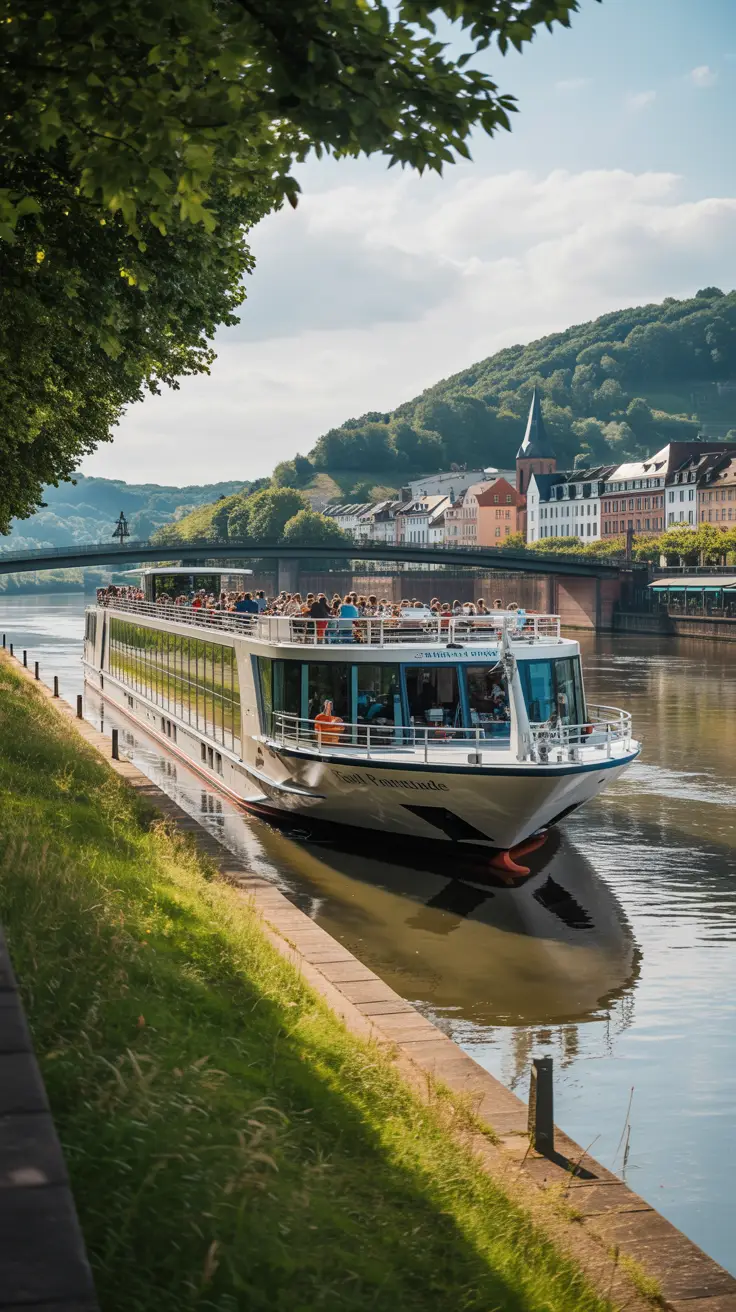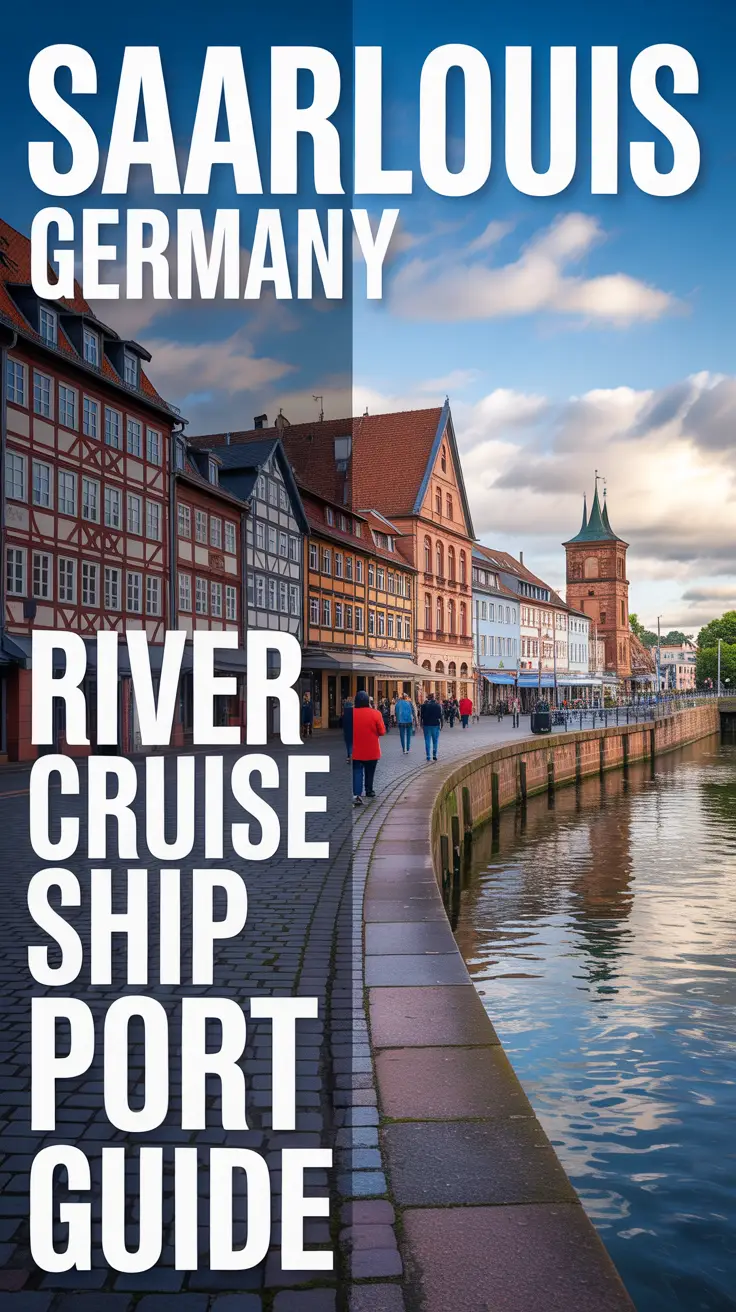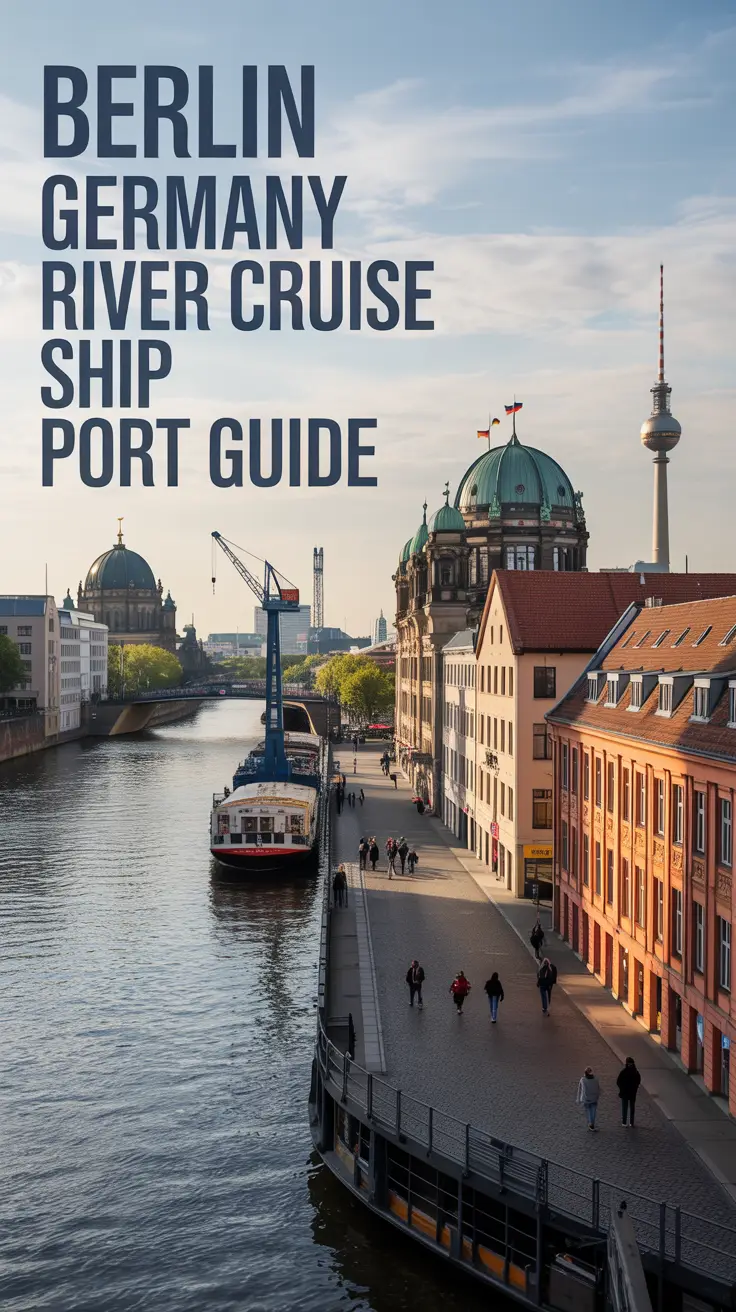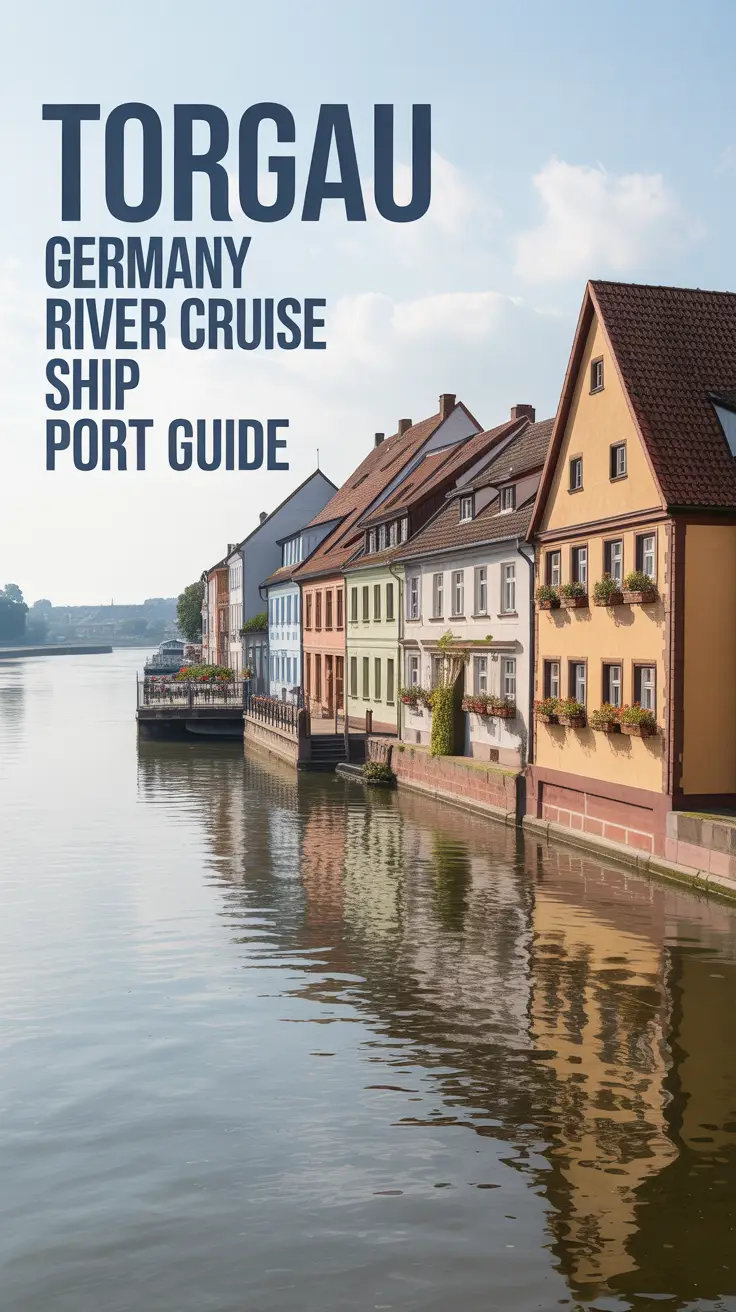You’ll discover amazing marine life during your polar cruise voyage – the Arctic alone hosts 5,000 species. Plan your trip between late May to early June or mid-August to September for peak wildlife activity.
For other Wildlife Spotting in Polar Regions check out our Wildlife Spotting in Polar Regions Guide page.
Your essential gear needs:
- Binoculars with 8x magnification
- Camera with 600mm lens
From the ship’s upper deck, you can spot:
- Polar bears hunting seals
- Bowhead whales breaking ice
- Large seabird colonies
Safety distances to maintain:
- 50 metres from polar bears
- 15-30 metres from penguins
These remote polar waters offer unique wildlife encounters on your journey. Choose the right timing and equipment to make the most of your Arctic adventure.
🐧 Polar Cruise Enquiry 🐻❄️
Our team of polar travel specialists have personally explored both the Arctic and Antarctic regions – from tracking polar bears in Svalbard to kayaking with penguins off the Antarctic Peninsula. Let us find the right polar expedition cruise for you.
Key Takeaways
You’ll find the best wildlife viewing in the Arctic from late May to early June and mid-August to September, when insects are fewer.
You need two key items for wildlife spotting:
- Binoculars with 8x magnification
- Cameras with 600mm lenses
You can watch marine life in two ways:
- From Zodiac boats for guided close-up encounters
- From the upper deck for the best overall views
Arctic waters contain remarkable wildlife:
- 5,000 different animal species
- Polar bears roaming the ice
- Bowhead whales swimming the seas
- Ringed seals diving up to 90 metres
Keep these safe distances to protect wildlife:
- 5 metres from nesting birds
- 15-30 metres from penguins
- 50 metres from polar bears
Polar Marine Life Essentials
The Arctic Ocean hosts an incredible variety of life beneath its surface. You can find 5,000 animal species, 2,000 algae types and countless microbes living in different habitats – from ice shelves to deep-sea vents.
Spring and summer algal blooms power the Arctic’s food chain. These blooms feed copepods, which make up 80-90% of the region’s zooplankton.
You can observe polar bears hunting seals on the sea ice, while bowhead whales push through thick ice sheets. Walruses use their tusks to dig up prey from the seabed.
You’ll notice ringed seals are the most abundant seal species, and they can dive 90 metres deep.
Best Times for Wildlife Viewing
Arctic Wildlife Viewing
You can spot wildlife best in the Arctic during two periods:
- Late May to early June
- Mid-August to September
These times offer fewer insects and more active wildlife.
You’ll see:
- Polar bears from June to August
- Humpback whales from late August to September
Antarctic Wildlife Viewing
The austral summer (November to March) provides your best viewing opportunities:
- December-January: Watch penguin chicks and seal pups
- February-March: Observe whales and hunting leopard seals
- November: Experience pristine ice landscapes
For your most complete wildlife experience, visit from late February to March when you’ll find:
- Clear water passages
- Active whale populations
- Hunting leopard seals
The timing you choose will shape your wildlife encounters, so pick the season that matches the animals you most want to see.
Spotting Techniques and Equipment
Essential gear makes wildlife spotting easier on your polar cruise. You need binoculars with at least 8x magnification for basic spotting. Your camera should have a 600mm lens to photograph distant animals. The upper deck gives you the best views to spot water movements that show marine life.
Different animals have unique signs you can spot. Look for black and white patterns of orcas, or watch for humpback whales slapping their tails. Zodiac boats help you get closer to wildlife under guide supervision. For polar bears, scan ice floes methodically. Your guides carry safety gear during land trips to protect you.
Optional equipment includes hydrophones to hear underwater sounds and night vision tools to watch nocturnal animals. These tools enhance your wildlife viewing experience.
See what’s on offer from the Arctic and Antarctic Wildlife on a Cruise for a different Wildlife Spotting in Polar Regions.
Common Marine Mammal Behaviors
Marine mammals display distinct behaviours you can spot during polar cruises.
You’ll see them react when your ship approaches – some will call more loudly, while others change their diving habits. Narwhals show the most caution, often swimming away from vessels quickly.
You can observe different behaviours across seasons as these animals adapt to changing conditions.
Watch them hunt for food, play with each other, or rest on ice flows. Your vessel’s presence may change these natural patterns.
During winter, you’ll notice how different species use ice platforms for rest and hunting. Each species responds uniquely to ships – some continue their normal activities, while others may swim away or change their calls to be heard over engine noise.
Marine mammals can:
- Increase their vocalisations
- Modify diving patterns
- Use ice as resting platforms
- Change hunting techniques
- Adjust social interactions
- Alter communication methods
Watch for these key signs to understand how your presence affects their natural behaviours.
Conservation in Polar Waters
Polar waters need careful conservation during your cruise experience. Your ship uses smart technology to protect the environment in two key ways: dynamic positioning systems and virtual anchors prevent damage to the seabed.
You must follow specific wildlife distance rules:
- Stay 5 metres from nesting birds
- Keep 15-30 metres from penguins
- Maintain 50 metres from polar bears and other large animals
Your cruise ship helps protect the environment through:
- Hybrid-electric engines
- Advanced waste treatment systems
- Zero single-use plastics policy
You can support polar research by:
- Taking part in citizen science projects
- Helping track wildlife movements
- Contributing to data collection
These conservation practices ensure you explore polar regions responsibly whilst protecting these unique environments for the future. Your actions make a real difference to polar conservation efforts.
Frequently Asked Questions
How Close Can Cruise Ships Safely Approach Marine Mammals Without Disturbing Them?
Keep these safe distances from marine life when operating cruise ships:
- Whales: Stay 100 metres away
- Dolphins: Maintain 50 metres distance
- Seals: Keep 50 metres back
- Sea turtles: Leave 50 metres space
- Polar bears: Remain 50 metres away
You must never block any marine animal’s path to the water. These distances help protect both the creatures and your vessel whilst ensuring natural behaviours aren’t disrupted.
What Should Passengers Do if They Spot Injured or Distressed Wildlife?
Stay calm if you spot injured wildlife. Keep a safe distance and tell a crew member straight away. Follow their guidance and let them manage the situation – they’re trained for these scenarios. Your role is to be a helpful observer rather than an active responder.
Are Underwater Photography Opportunities Available During Polar Cruises?
Polar cruises offer several ways to capture marine life photos. While traditional underwater photography isn’t common, you can try these methods:
- Snap photos from your ship’s deck to capture whales, seals and seabirds
- Join Zodiac boat excursions for close-up shots of marine wildlife
- Book specialist photography expeditions that include underwater equipment
- Use waterproof cameras from the ship’s viewing areas
- Look for cruises with glass-bottom boats or underwater viewing chambers
Your best chances for marine photography come during calm weather and in areas known for wildlife activity. Many cruise operators provide photography tips and guidance to help you get the perfect shot.
How Do Cruise Ships Minimize Their Impact on Marine Mammal Feeding Grounds?
Cruise ships take specific steps to protect marine mammals as they feed:
You can observe these key practices:
- Ships reduce their speed in known feeding zones
- Captains alter routes to avoid whale and dolphin hotspots
- Crew members switch off non-essential equipment to lower noise
- Your ship will maintain safe distances from marine life
- The vessel follows live tracking data of marine mammal movements
These measures help minimise disturbance to feeding patterns whilst ensuring marine mammals can access their natural food sources safely. Your cruise experience adapts to protect ocean wildlife.
What Emergency Protocols Exist for Passenger-Wildlife Encounters on Shore Excursions?
Emergency protocols for wildlife encounters during shore excursions keep you safe through several key measures:
Your trained guides carry firearms and lead all groups, staying between you and potential wildlife threats. You must maintain specified safe distances from any animals you encounter. Your guides use non-lethal deterrents like flares or air horns as first-response tools.
Your group will follow a clear evacuation plan, which your guide explains before each excursion. You’ll take part in the polar bear watch system, where designated watchers scan the surroundings whilst you explore.
Remember to:
- Stay with your guide at all times
- Follow their safety instructions immediately
- Keep noise levels down
- Report any wildlife sightings to your guide straight away
Thinking about something different? Check out the Seabird Spotting on a Polar Cruise Guide.
🐧 Polar Cruise Enquiry 🐻❄️
Our team of polar travel specialists have personally explored both the Arctic and Antarctic regions – from tracking polar bears in Svalbard to kayaking with penguins off the Antarctic Peninsula. Let us find the right polar expedition cruise for you.

